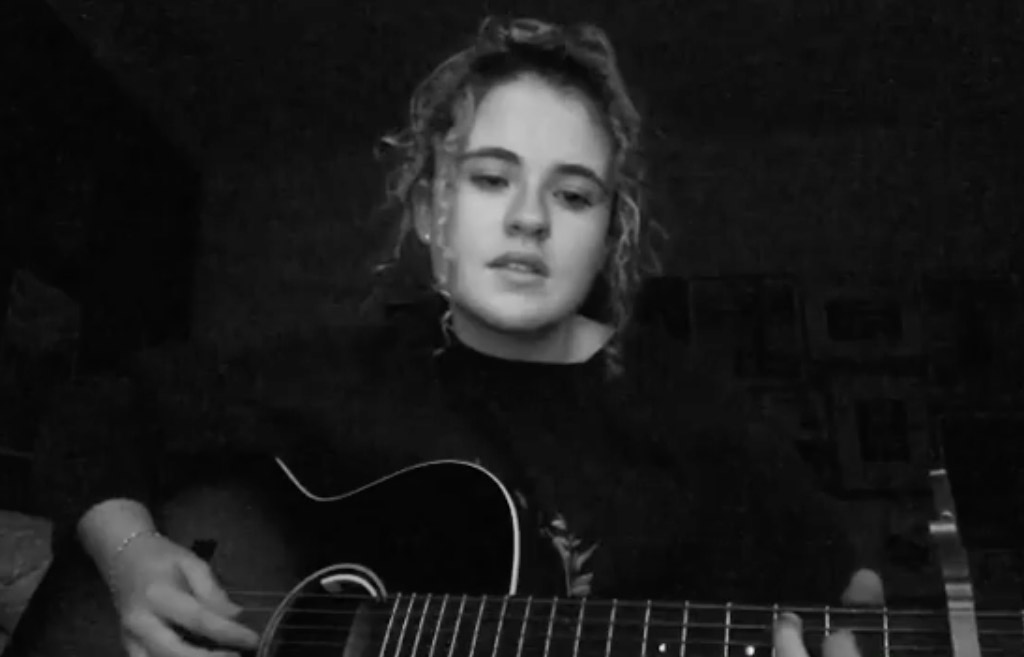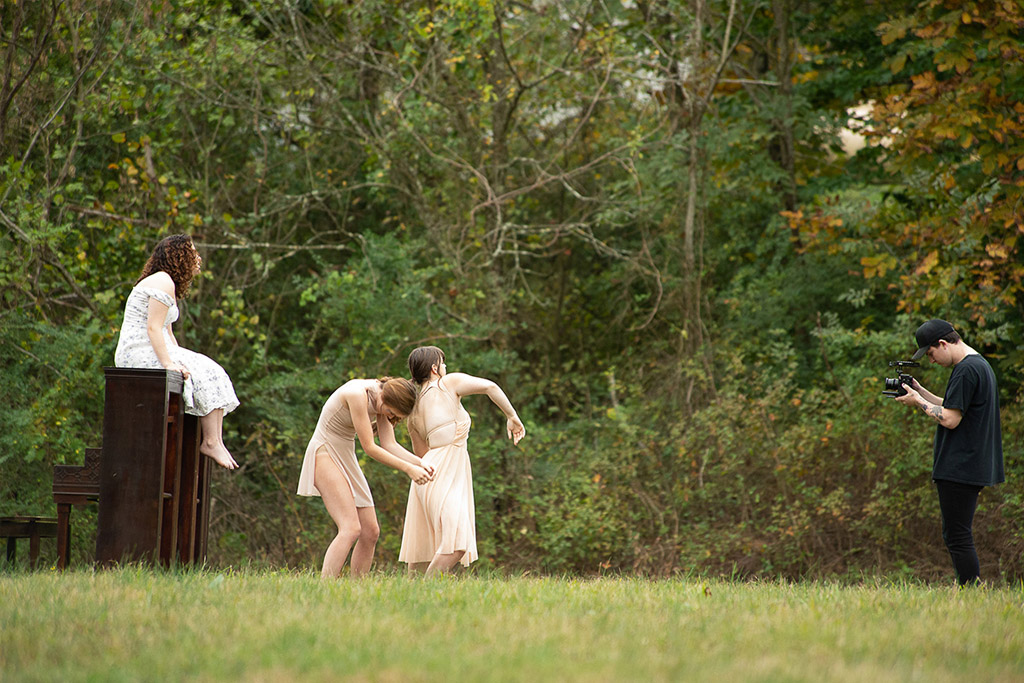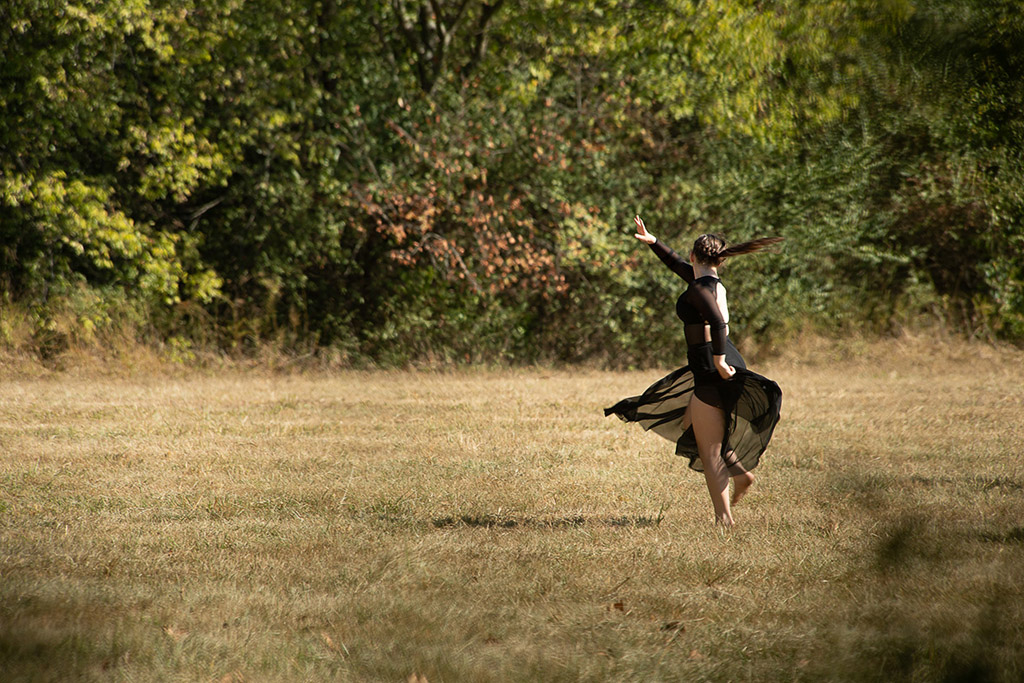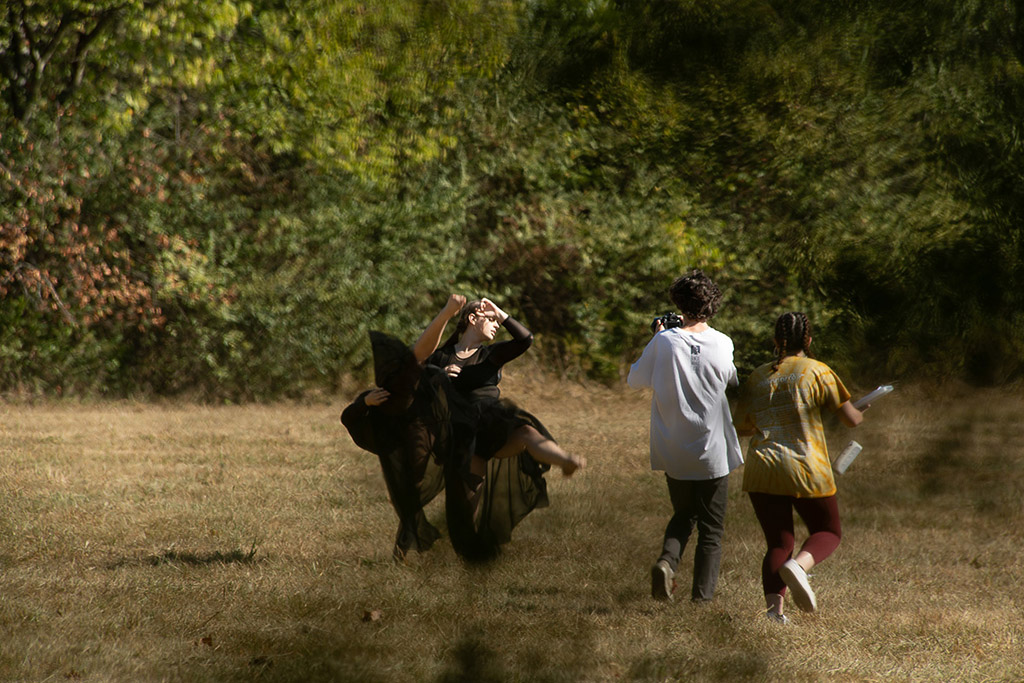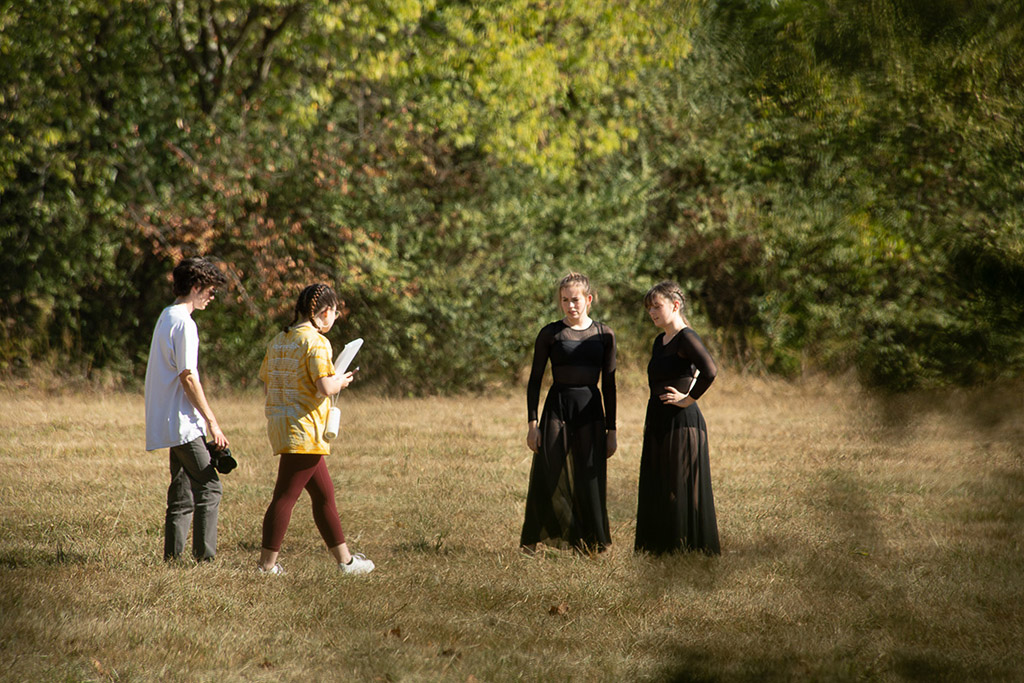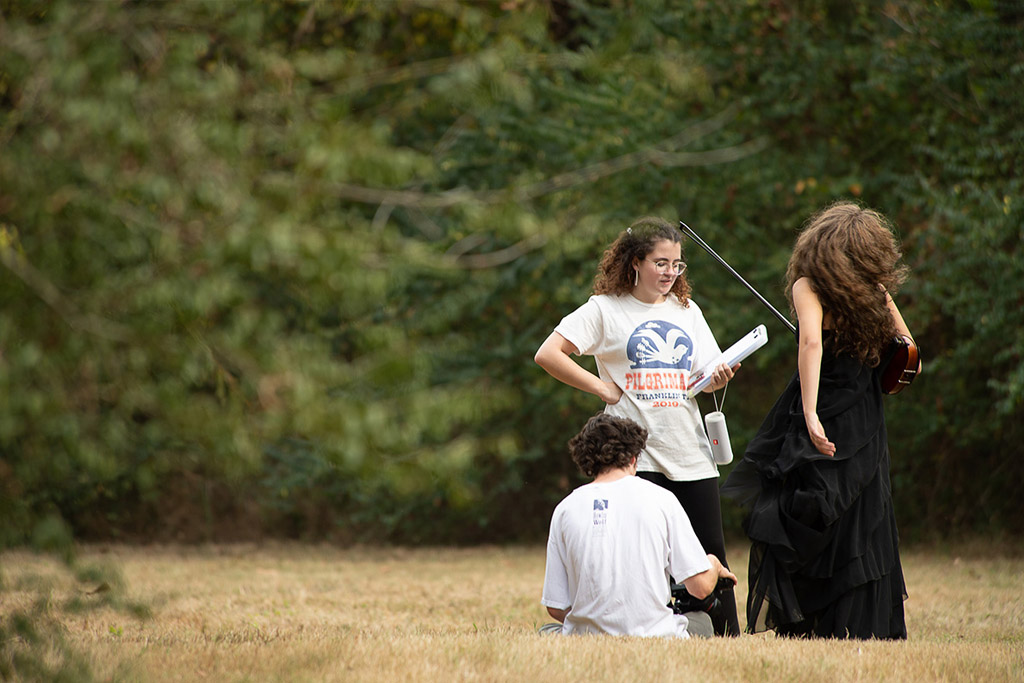Welcome to our Creative Spotlight, where we’re highlighting the talented creatives who make up the community here at South 40.
In this month’s Creative Spotlight, we are featuring Ella Talerico. Just beginning her journey in the music industry, we wanted to capture an artist new to her artistic career. She has sage advice for other new creatives, young and old, and her advice about being true to your heart resonates with most. We asked her about the challenges of making a music video. South 40 is becoming a sought-after location for music videos, and Ella shared her experience with us—and explained how the site and team made for an amazing experience.
Although an art form, music may not be “dabbled in” as often as painting or drawing. How did you make the leap from practicing music to being a musician? What were some of the biggest steps/challenges/AHA moments in this journey?
The funny thing is, I almost think that it is an art form that you can dabble in. The more you dabble, the more you grow. At some point you transition from a dabbler to defining yourself as a musician. In some ways I may not be considered a “musician”; I’ve never been trained on piano or guitar and I don’t read music well. There is something beyond theory and technique – a certain level of passion and dedication to the craft which defines me as a musician. I learned by doing, and the more I write songs, the better I get at identifying keys, structure, and the do’s and don’ts of good music. Even though we have names for chords and keys, those classifications stem from a natural understanding of music developed over thousands of years. I believe music is a form of self-expression; if you are truly expressing yourself and feel connected to those natural rhythms and chords, you are a musician.
Do you write your own music and if so, where do you find inspiration? How difficult is it to write pieces which express your personal story while still enabling listeners to find their own similar experience?
I do write my own music, and inspiration comes from a variety of places. On my new album, PLAY, every single song is based on a play I have either read, been in, or seen. I also find inspiration from stories, personal experiences, or intense emotional phases in my life. Canary was based on an intense feeling of numbness and sadness that can cause someone to feel like they will never return to happiness, but then somehow, they do. Sometimes it can be a simple phrase, or a moment of meditation on a busy day which reveals a new way of looking at things. Once I found a new variety of tea called “Lavender and Love”. I liked that combination, found it interesting, and built a story and song from it. Inspiration can be found while observing, absorbing, and being open. What is so beautiful about humans is our sameness. We all have the capacity to empathize and connect; we all fail, regret, love, hate, and question… and so, any personal story of mine will contain a kernel that someone will connect to. What’s important is that I am as vulnerable as possible, because that is where the magic happens. Real vulnerability is the strongest connection between songwriter and song listener. Listeners empathize with a story, no matter how true to their own experience it is because they can feel what I feel, because we are both human.
What led to the decision to make a music video for Canary?
I had two incredibly talented dancer friends, Sophie Sundock and Elizabeth Rowland, and their talent inspired me to choreograph a dance that illustrated Canary’s story, sharing that physical representation with my listeners.
How did you discover South 40 and what made the location ideal for your video?
South 40 was such an incredible gift! We worked on the Canary music video for an entire year, due to the challenge in finding a location which was clean, private, and suited the story well. We tried—I kid you not—probably six locations before happening upon South 40 online. Privacy was key because we didn’t want other people to appear in the video, and we didn’t want the hassle of obtaining a permit to film on public land. The wide open space devoid of many buildings is so rare, and the natural landscape at South 40 is simply beautiful. We could also tell, from the website alone, that the South 40 team would be helpful to the video, with experience to support our creative vision.
What surprised you most about creating the artistry of a music video in a on outdoor location, exposed to weather and the unpredictable surroundings of the countryside?
I don’t yet have foresight to predict the problems that may arise in creative projects. I did not think the video through, didn’t think of potential issues at all until I realized “Oh, bright sunny days may be too bright for filming, it could rain, be too cloudy, or the color of the sunlight can change quickly.” We tried to shoot this music video seven times, and most were cut short due to unforeseen weather circumstances. South 40 was kind enough to let us leave our big clunky piano in the center of that field and come back another day, as it was pouring rain! When we came back to film on a sunnier day, the piano was drenched, wood was peeling off, and wasps were coming out from inside of it! But we used the piano anyway. The truth is that once you get ideal weather and the right light, there is really nothing like filming in the countryside; it creates a dramatic, secluded stage for your work.
There are thousands of young artists begging for the chance to have their voice heard. What kind of advice can you give to aspiring creatives who may not know where to begin their journey?
Create, create, create! And never stop. Don’t let comparison or self-doubt get in your way – those are creativity killers. Just do what you love, do it passionately, and never question it.
Connect with Ella:

